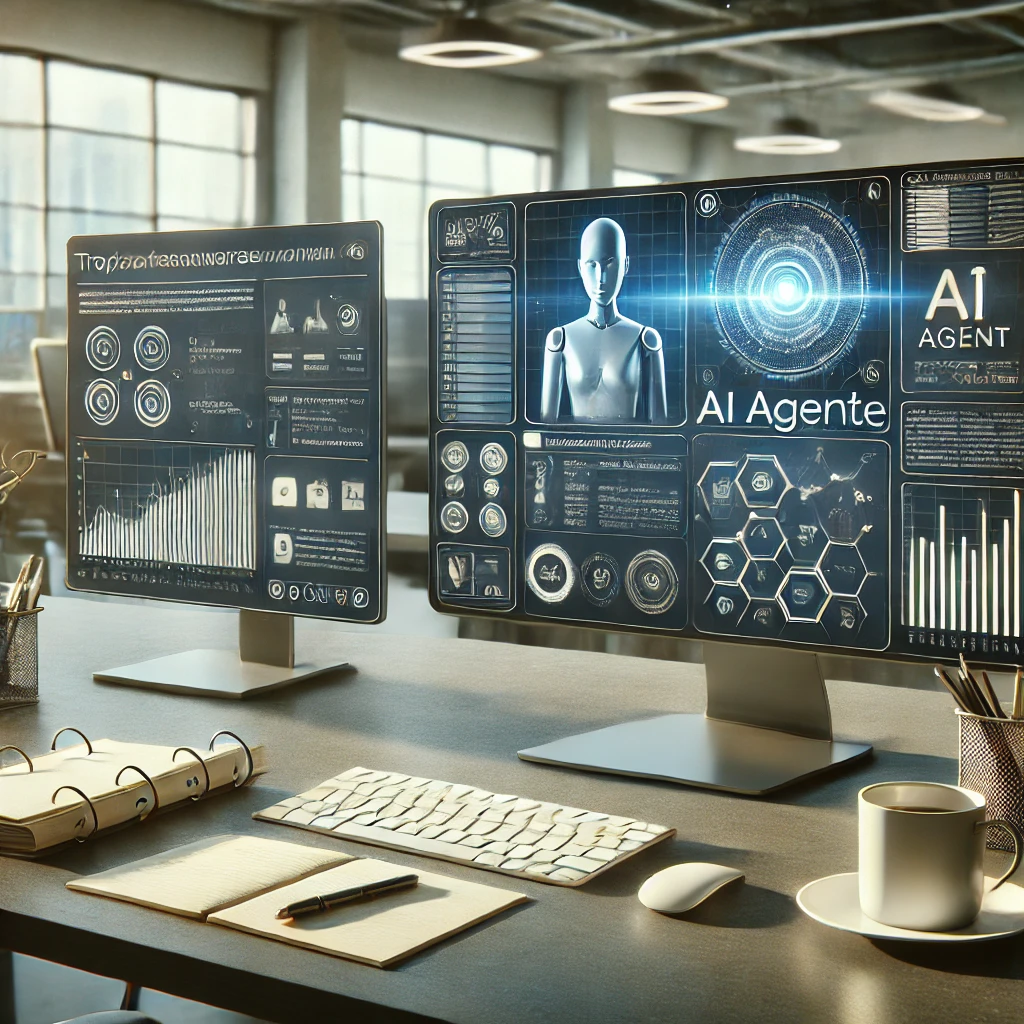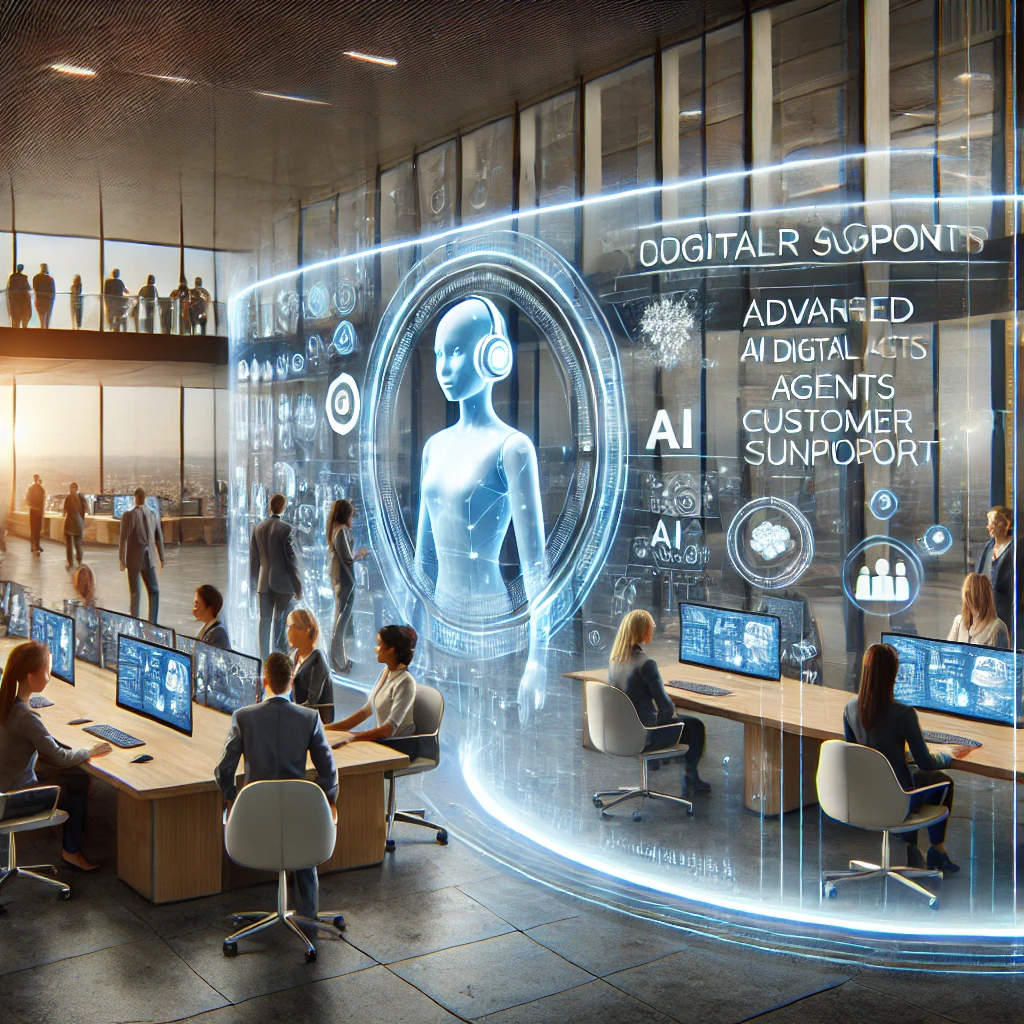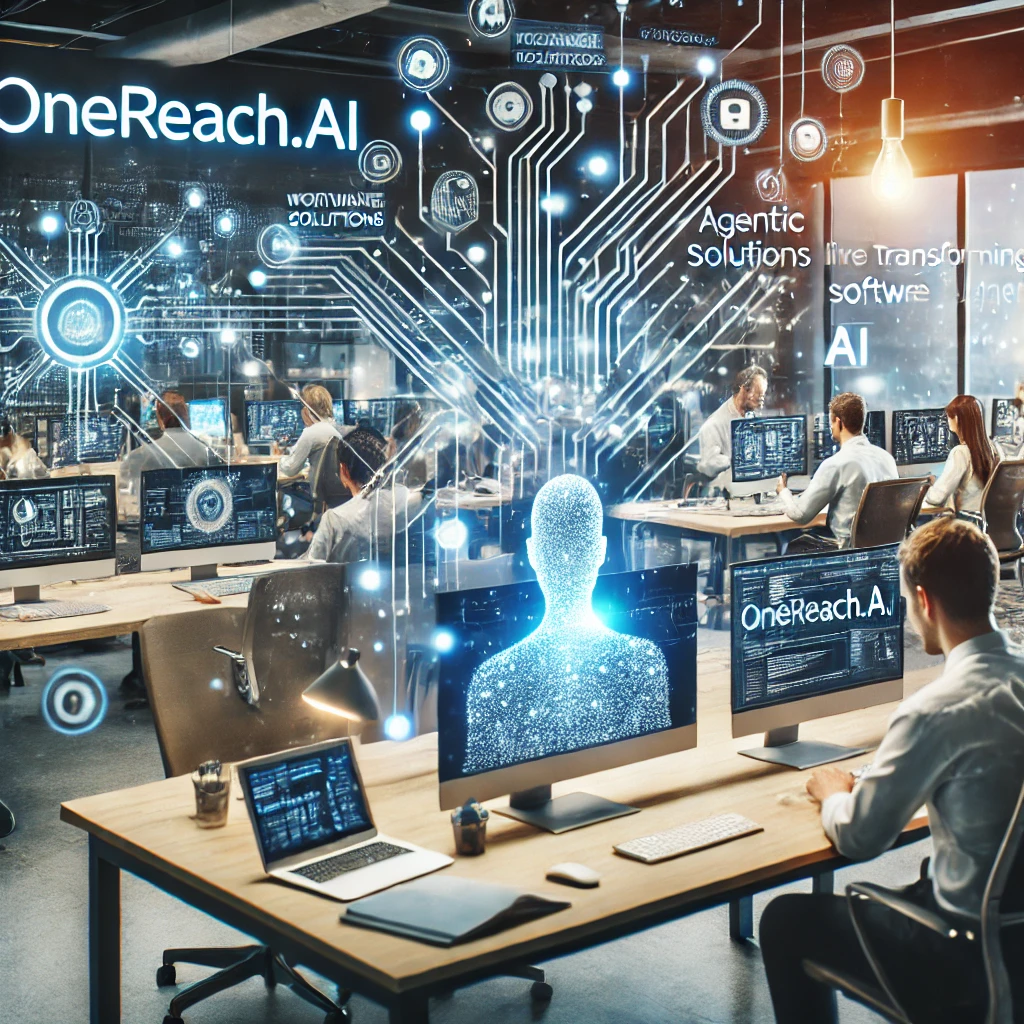What’s up with Digital Twins?
Digital twins are reshaping the way organizations harness the power of AI, providing the context needed for AI agents to deliver meaningful and efficient experiences. This pivotal technology was the centerpiece of a recent episode of the Invisible Machines podcast featuring Dr. Michael Grieves, the originator of the digital twin concept during his work with NASA in the 2010s. Alongside hosts Robb Wilson and Josh Tyson, Dr. Grieves explored the transformative role of digital twins in orchestrating AI agents and the broader implications for organizations.
The Origins and Evolution of Digital Twins
Dr. Grieves introduced the concept of digital twins in the context of Product Lifecycle Management (PLM). Early iterations of the idea were constrained by limited computational resources, but the advent of advanced technologies and Moore’s Law has propelled digital twins into mainstream adoption. Today, digital twins encompass physical objects, temporal data, and unstructured information such as emails and recorded calls to create comprehensive virtual representations of real-world systems.
What Digital Twins Are—and Aren’t
It’s important to clarify that digital twins are not about creating agentic versions of people or virtual human replicas. Instead, they are focused on representing systems, processes, and objects in the digital realm to optimize operations and decision-making. While they provide context and insights for AI agents, their purpose lies in enabling simulations and predictions that improve efficiency rather than replicating human personas.
Why Digital Twins Matter
Digital twins provide a critical foundation for AI agents, enabling context and simulations that inform decision-making. From mapping factory layouts to predicting equipment failures, digital twins’ real-time synchronization with their physical counterparts allows organizations to:
- Replicate and Predict: Understand the current state and anticipate future outcomes.
- Optimize Resources: Reduce waste by leveraging precise information.
- Enhance Decision-Making: Provide actionable insights to improve efficiency and effectiveness.
“Information replaces wasted resources,” Dr. Grieves emphasized, positioning digital twins as tools to minimize inefficiencies and unlock organizational value.
Practical Applications and Challenges
The podcast underscored the diverse use cases of digital twins, from simple factory simulations to complex models like airplane cockpit simulators. Dr. Grieves highlighted the importance of starting small, focusing on use cases with clear value propositions. For example, predictive maintenance—identifying potential equipment failures weeks in advance—has proven invaluable in industries like aerospace, where costs and risks are high.
However, barriers to adoption persist. Dr. Grieves identified a phenomenon he calls “retirementitis,” where decision-makers resist embracing transformative technologies. The solution? Demonstrate tangible benefits through incremental projects that showcase the practical magic of digital twins.
The Future of Digital Twins and AI Orchestration
As AI agents become more sophisticated, their reliance on digital twins grows. By integrating unstructured data with simulation capabilities, organizations can:
- Develop predictive models that extend beyond physical systems to include human behaviors.
- Create multi-layered simulations to explore solution spaces and identify optimal outcomes.
- Build interconnected digital ecosystems where various digital twins seamlessly share information.
Dr. Grieves envisions a future where digital twins serve as “crystal balls” for organizations, providing insights that guide strategic decisions and operational improvements. The key, he suggests, lies in leveraging AI to maintain and enhance these systems, ensuring their relevance and accuracy over time.
How CXGen.ai Can Help
At CXGen.ai, we specialize in leveraging the power of digital twins to help businesses transform their operations. Our AI-driven solutions enable organizations to create, maintain, and optimize digital twins tailored to their unique needs. Whether it’s streamlining processes, predicting outcomes, or enhancing customer experiences, CXGen.ai provides the tools and expertise to turn digital twin technology into actionable results. By focusing on scalable, value-driven use cases, we ensure our clients see measurable improvements without the need for massive upfront investments. Start your journey with CXGen.ai and discover the potential of digital twins to revolutionize your business.
Learn More
For a deeper dive into the transformative power of digital twins, listen to the full episode of Invisible Machines here.
As organizations increasingly adopt AI-driven technologies, the integration of digital twins will play a crucial role in shaping the future of automation and innovation. Start small, think big, and watch as digital twins transform the way your business operates.




